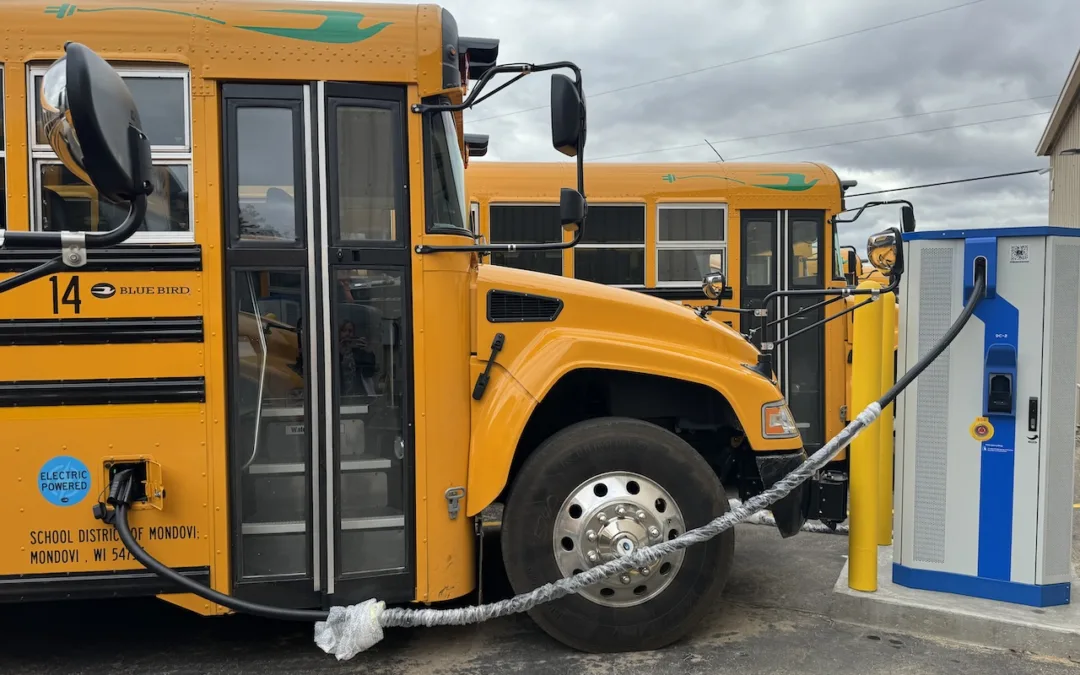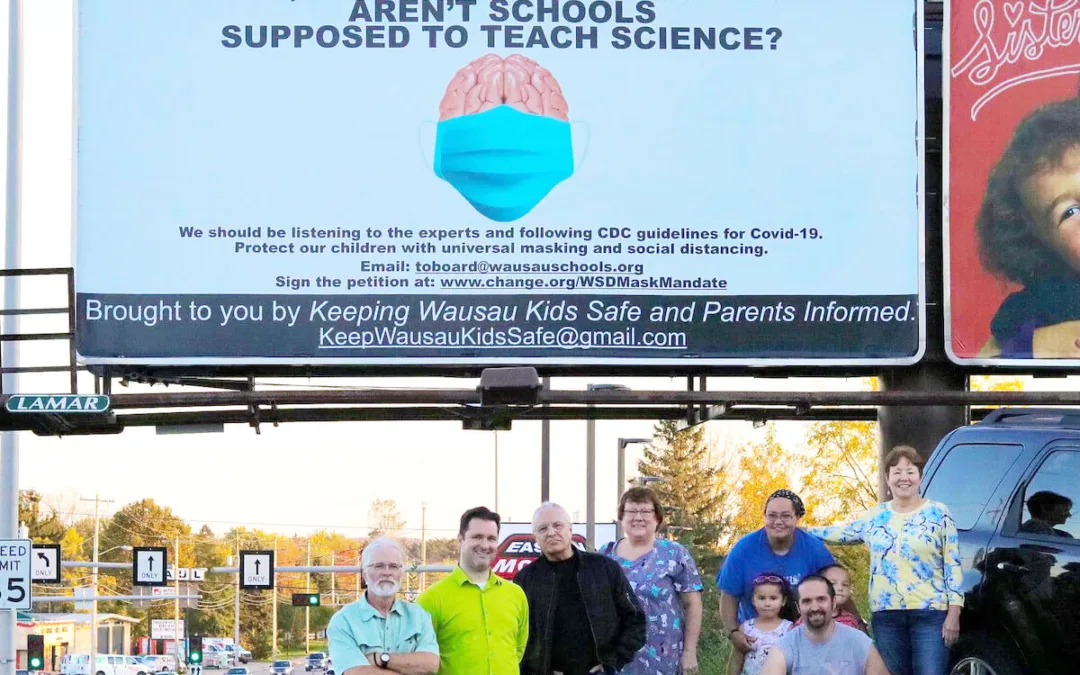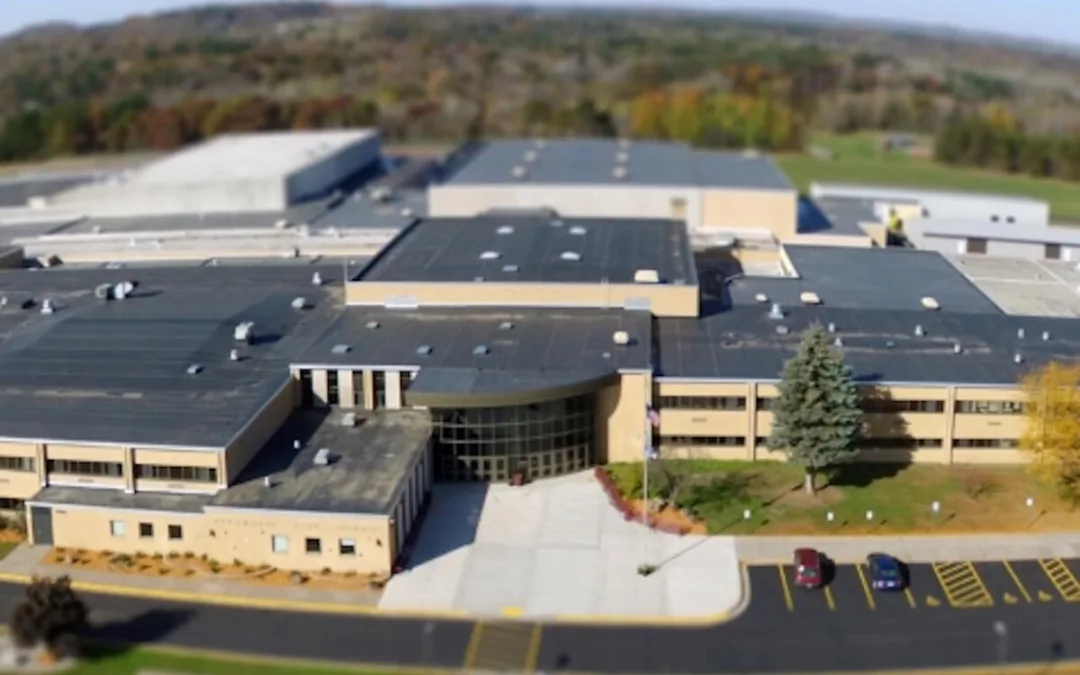
#image_title
#image_title
Educators preparing for how to again find ways to do more for less.
Wisconsin educators say student needs already stretched beyond available resources have grown during the coronavirus pandemic, but a member of the Assembly Committee on Education said school administrators should prepare for less funding, not more.
Rep. Sondy Pope, D-Mount Horeb, a member of the Assembly Committee on Education, said a significant reduction in state revenue related to the pandemic and the shutdown of businesses likely will mean budget cuts in education.
“I’m concerned about what is going to happen to education funding in Wisconsin,” Pope said in reference to anticipated reductions to state spending included in the 2019-21 budget. “I think it’s fair to say there will be cuts. I don’t think there’s a chance that any new funding is going to move forward.”
Members of the state Legislature are discussing a budget repair bill necessitated by lost revenues. Recently released budget figures for Wisconsin show an $870 million decrease in tax collections last month compared to April 2019, another sign of how significantly the pandemic is hurting the state’s economy.
Assembly Speaker Robin Vos, R-Rochester, said reductions in state spending will be necessary to make up for lost revenues.
Two weeks ago Gov. Tony Evers’ administration announced it will cut the state’s operations budget by 5 percent in response to the COVID-19 pandemic, a move expected to save $70 million.
The nonpartisan Legislative Fiscal Bureau said it’s too early to know the full financial impact of the pandemic, but lawmakers said it is unlikely a $452 million budget surplus expected through June 30, 2021 will exist.
Schools received help Thursday, when the state Legislature’s Joint Finance Committee approved the state Department of Public Instruction plan for distributing $175 million to public and private schools through the federal CARES Act.
The Act requires 90 percent of that money to be disbursed based on the proportion of low-income students in a school district.
The remaining 10 percent of funding will go toward virtual education training for teachers and to increase online course offerings. Some of that money also will be used for mental health services during the pandemic.
While the CARES Act funding will aid Wisconsin schools, it falls far short of adequately addressing needs, said Heather Dubois Bourenane, director of the Wisconsin Public Education Network.
President Donald Trump’s administration must ramp up money to schools during the COVID-19 pandemic if they are to help students, especially if state budget cuts happen, she said.
“The kids who are struggling are going to be even further behind their peers than before,” she said. “How are you supposed to provide for greater needs on a reduced budget? Do we want to set our kids up to thrive or fail? A choice has to be made.”
Educators said they hope the next round of federal COVID-19-related funding will include greater assistance to schools. Without additional aid, they said, districts likely will be forced to go to referendum or reduce staff and programming.
“Seventy-five percent of our budget is people,” said Ron Walsh, acting superintendent in the Altoona school district. “If we receive less money, there aren’t a lot of places to cut other than staff.”
Allison Space is superintendent of the Goodman-Armstrong Creek school district in northeast Wisconsin. It is among the smallest districts in the state with just over 100 students in grades K-12. Additional budget reductions would mean lost programs and possibly a merger with another district, she said.
Even with existing funding “we are going to be very challenged to provide those services” that students will need related to COVID-19, she said.
Joanna Rizotto echoed that concern. The teacher in South Milwaukee said staff are aware of students’ learning and mental health deficits that have worsened during the COVID-19 pandemic. Resources will be needed to address them.
Since schools were closed two months ago, Wisconsin school districts are providing online instruction as they work to ensure students are fed and in safe homes.
When they might return to in-person classroom instruction remains uncertain. Wednesday’s state Supreme Court decision that allows businesses to reopen mandates that schools remain closed.
Educators said options could include everything from a return to the traditional classroom setting, students in classrooms part-time to allow for social distancing, or a continuation of online-only courses.
“There is a lot of uncertainty right now for education,” said Luke Pinion, director of student services in the Waukesha school district. “We’re trying to plan for options A through Z, for what this might look like.”
Politics

Eric Hovde’s company exposed workers to dangerous chemicals, OSHA reports say
A Madison-based real estate company run by Wisconsin US Senate candidate Eric Hovde settled with the Occupational Safety and Health Administration...

Plugged in: How one Wisconsin school bus driver likes his new electric bus
Electric school buses are gradually being rolled out across the state. They’re still big and yellow, but they’re not loud and don’t smell like...
Local News

Stop and smell these native Wisconsin flowers this Earth Day
Spring has sprung — and here in Wisconsin, the signs are everywhere! From warmer weather and longer days to birds returning to your backyard trees....

Your guide to the 2024 Blue Ox Music Festival in Eau Claire
Eau Claire and art go hand in hand. The city is home to a multitude of sculptures, murals, and music events — including several annual showcases,...




